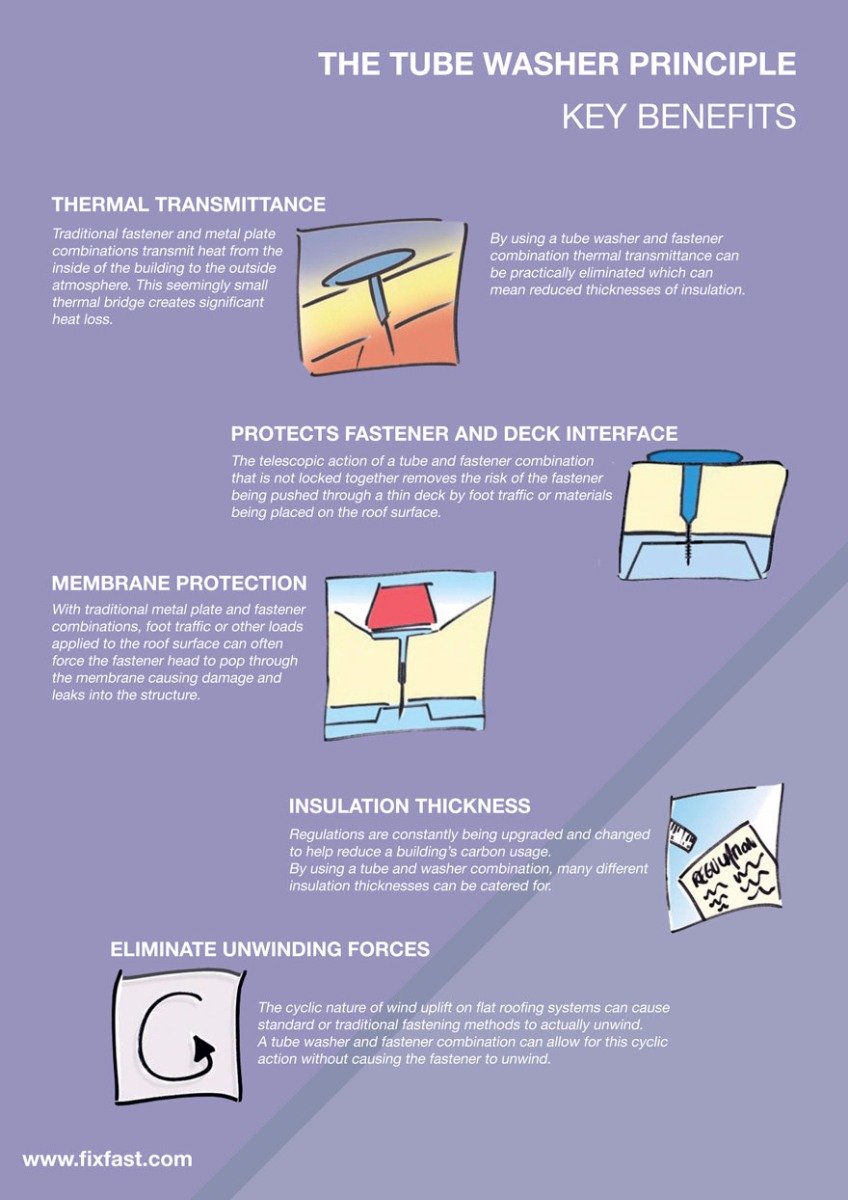Discover Exactly How Transforming Climate Patterns Can Impact Your Roofing Installment And Safeguard A Task That Fulfills Your Standards
Discover Exactly How Transforming Climate Patterns Can Impact Your Roofing Installment And Safeguard A Task That Fulfills Your Standards
Blog Article
Web Content Created By-Jantzen Langley
When it involves roof installations, the weather condition can make or damage the work. Imagine the stress of dealing with products that will not comply as a result of extreme warmth or fighting slippery surfaces brought on by unanticipated rainfall. Comprehending the effect of weather on your roof job is important for a successful outcome. So, allow's discover how different weather condition aspects can influence the quality and durability of your roof covering setup, guaranteeing a work well done.
Influence of Temperature on Roofing Setup
When it pertains to roofing installment, temperature plays a critical function in the process. The optimal temperature for roof covering jobs generally drops in between 45 and 85 degrees Fahrenheit. roofers san antonio texas can cause materials like tiles to become also pliable, bring about potential damages throughout installation. On the other hand, cool temperature levels can make products weak and susceptible to breaking. It is very important to arrange roof setups during moderate temperatures to make certain the very best result.
During colder climate, contractors may need to take extra safety measures such as making use of warmed equipment or permitting materials to warm up prior to installation.
In contrast, heat may call for job to be done previously or later on in the day to avoid the peak temperature levels. By considering the temperature and its impacts on roofing materials, you can help make certain an effective installation that will certainly hold up against the elements for years to find.
Impact of Precipitation on Roofing Projects
Roof covering projects can be significantly affected by precipitation, affecting both the timeline and the top quality of the installment. Rain or snow can produce slippery problems, making it hazardous for contractors to work with a damp surface area. Additionally, moisture can endanger the attachment of materials like tiles or underlayment, bring about prospective leaks or problems in the future.
If it rains during a roof covering job, the water can leak right into prone locations, creating delays as the setup team should await the roofing to completely dry prior to proceeding. Excessive moisture can additionally advertise the growth of mold and mold, further jeopardizing the stability of the roofing system.
To avoid these problems, it's suggested to schedule roof jobs during drier periods or monitor the weather report closely to prepare around any type of potential rainstorms. By taking safety measures to work in beneficial weather conditions, you can make sure a smoother and more successful roof covering installment process.
Impact of Wind Speed on Setup Success
During roof covering setup, the rate of the wind plays an essential duty in establishing the success of the job. High wind rates can position substantial obstacles to contractors, potentially resulting in security dangers and high quality issues. When wind rates exceed advised limits, it ends up being hard to manage materials, enhancing the threat of mishaps and damages to the roof materials. Strong gusts can likewise impact the accuracy of measurements and the accuracy needed for correct installation.
To ensure an effective roofing system installation, it's important to keep an eye on and take into consideration wind rates. Preferably, roof setup ought to occur on days with low to modest wind rates. This not only enhances the safety and security of the employees yet also boosts the total high quality of the setup.
Roof projects scheduled during tranquil weather conditions are most likely to be completed efficiently and with less mistakes. By paying attention to wind speed forecasts and planning as necessary, you can assist make certain a smooth and effective roof covering setup process.
simply click the next website , when it concerns roof installment, remember to take into consideration the climate condition to make certain a successful work. Ideal temperature levels, completely dry conditions, and moderate wind rates are key aspects to focus on for a smooth setup process. By arranging your task during the best periods and perfect weather conditions, you can attain a long lasting and durable roof covering that will protect your home for several years to find.
